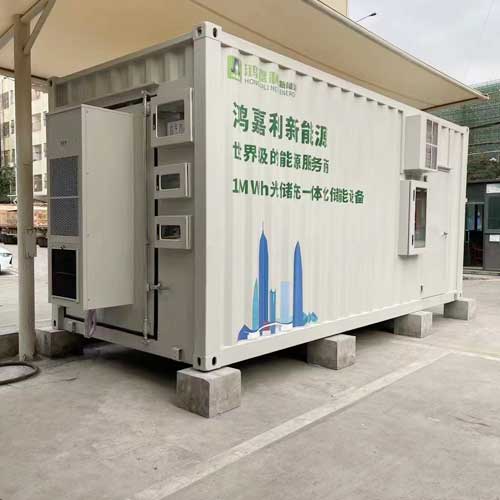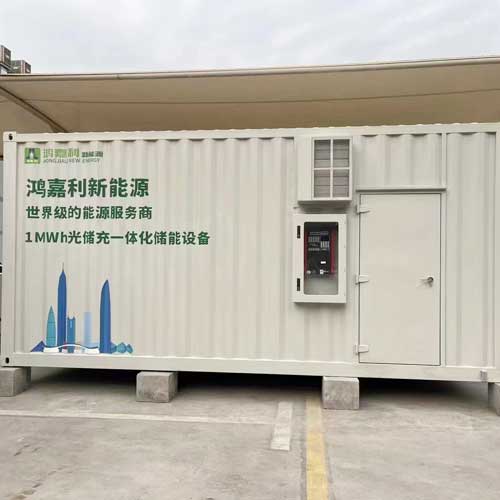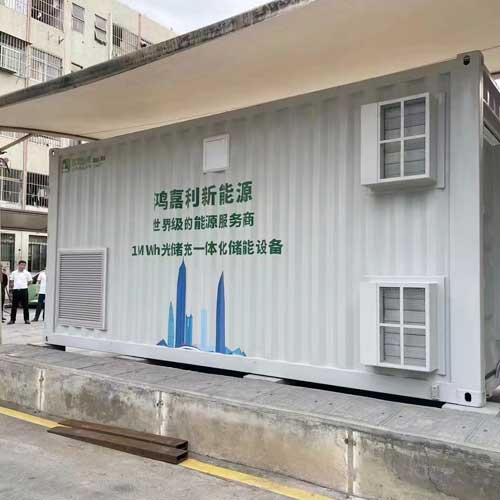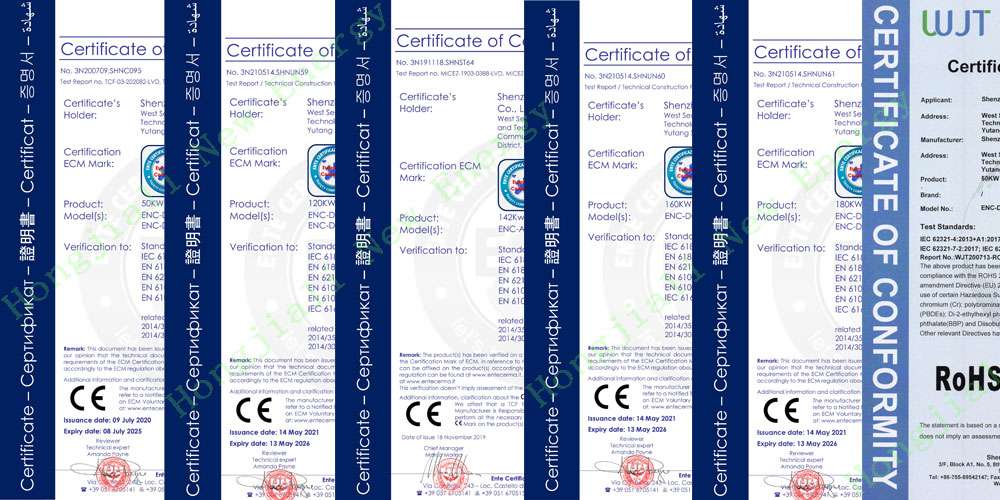1. Definition and Function
Commercial battery storage systems refer to electrical energy storage systems designed specifically for commercial locations. It can store electricity when electricity demand is low and release electricity when electricity demand is high, thereby optimizing the use of electricity. These systems usually use advanced battery technologies such as lithium-ion batteries (such as lithium iron phosphate batteries), lead-acid batteries, etc. to store electricity generated from renewable energy sources such as power grids, solar panels or wind turbines.
2. Working Principle
The working principle of commercial battery storage systems mainly includes four links: charging, storage, discharge, and management:
Charging: The system takes electricity from the power grid or renewable energy devices and stores it in the battery pack. This electrical energy is usually stored in the battery in the form of chemical energy.
Storage: After charging, the energy in the battery pack will be stored for a long time until it is needed.
Discharge: When electricity is needed (such as during peak demand periods, power outages, or when renewable energy is not generating electricity), the system will discharge, convert the stored chemical energy back into electrical energy, and deliver it to where it is needed.
Management: Most commercial energy storage systems also have a management component, namely the energy management system (EMS), which intelligently decides when to charge and discharge based on a variety of factors such as energy prices and demand patterns to optimize energy utilization.
3. Application scenarios and advantages
Commercial battery storage systems are widely used in various commercial and industrial sites, such as data centers, hospitals, manufacturing plants, shopping malls, etc. Its advantages mainly include:
Energy cost savings: By charging during off-peak hours and discharging during peak hours, the system can significantly reduce the energy bills of enterprises.
Demand charge management: Enterprises can obtain power from their storage systems during peak demand, thereby reducing peak grid energy usage and related demand charges.
Resilience and reliability: As a backup power source, commercial battery storage systems can provide power during grid outages to ensure the normal operation of key corporate equipment.
Support for renewable energy: These systems are an ideal complement to renewable energy sources such as solar and wind power, and can store excess energy generated during production peaks for use when production is low or there is no production.
Electric vehicle charging buffer: As electric vehicles become more popular, commercial battery storage systems can also help manage the load of electric vehicle charging stations.
4. Technical parameters and selection
When choosing a commercial battery storage system, the following technical parameters need to be considered:
Capacity: Usually expressed in kilowatt-hours (kWh), it indicates the amount of electrical energy that the system can store. The size of the capacity depends on the company's energy needs, changes in energy supply and demand, and the goals of using the system.
Charging and discharging power: Indicates the speed at which the system charges and discharges. Charging power is limited by factors such as grid access capacity and battery charging characteristics; discharging power needs to meet the company's power demand during peak hours.
Battery technology: Different battery technologies have different performance characteristics, such as energy density, cycle life, safety, etc. It is necessary to select the appropriate battery technology based on the application scenario and needs.
5. Maintenance and care
In order to ensure the long-term and stable operation of commercial battery storage systems, regular maintenance and care are required. This includes:
Regular inspection: Check whether the system's appearance, connectors, cables, etc. are intact to ensure that there is no damage or looseness.
Cleaning and maintenance: Clean the system's casing and internal components regularly to prevent dust and debris from affecting the system's performance.
Battery management: Real-time monitoring and management of battery packs through the battery manag
ement system (BMS) to prevent abnormal conditions such as overcharging, over-discharging, and overheating of the battery.
Software update: Regularly update the software of the energy management system (EMS) to ensure that it can adapt to the ever-changing energy market and demand.
6. Commercial battery storage system project examples



 +86 18924678741
+86 18924678741 sales@hjlcharger.com
sales@hjlcharger.com Shenzhen City, Guangdong Province, China
Shenzhen City, Guangdong Province, China













